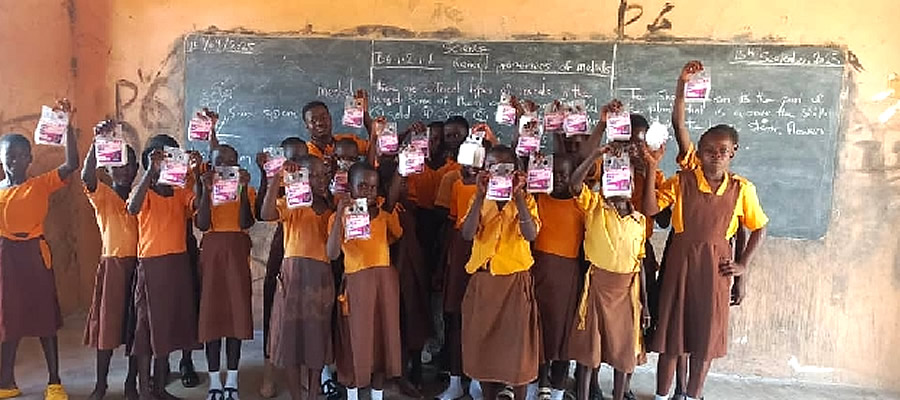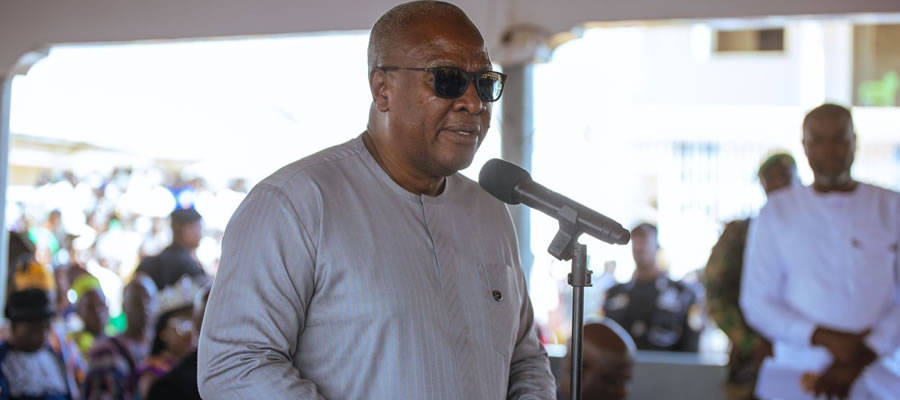

Population size, density and growth rate
The estimated total population of Bawku Municipality is 205,849. Its population density is 169 persons per square kilometer. The population growth rate of the Municipality is 1.1. The population of the Municipality constitutes about twenty percent of the Upper East Region’s population and 0.99 percent of the Nation’s population. The population is 20 percent urban and 80 percent rural.
Age distribution and workforce/Employment
The dependency ratio is 1:1:25. As shown on the tables above about 55 percent of the population is outside the working group which constitutes a stress on the working population.
Household sizes in the municipality are fairly large like it pertains in most parts of the country. According to the 2000 population census report, on the average there are seven persons per household. Though these large households could mean availability of labour, it has some financial implication in terms of feeding, healthcare, education, clothing etc. The large number of household therefore constitute economic burden.
Spatial Analysis
The section seeks to present the spatial planning perspective of the Medium Term Development Plan: 2006 – 2009. The presentation would centre spatial distribution; Infrastructure facilities and services, Economic activities and alternative development strategy.
Settlement System
Bawku Municipal Assembly occupies an area of approximately 1315sq km. There are 236 communities of various sizes unevenly spread in the Municipal area. Using the 2000 National Population Census figures, the settlements can be categorized into five. They are:
CATEGORY | POPULATION SIZE | NO. OF SETTLEMENTS |
A B C D E | Above 8000 4000 – 8000 2000 – 4000 1000 – 2000 Below 1000 | 1 1 7 15 212 |
A study of the distribution of the communities shows that the following zonal councils have sparse population densities:
- Binduri and Atuba/Kaadi in the south-west.
- Zawse in the north – west.
- Widana and Zong in the north – east.
The constraints in the above areas are
Natural in the form of rocky hills and/or rock outcrops predominating the landscapes as in the north west and north-east, low lying areas, prone to floods during rainy seasons as in the south west, which incidentally falls within the White Volta River drainage basin. The latter area is also plague by oncho-flies. In addition, the soils are not very fertile as they are marginally suitable for agriculture.
Socio-culture comprising adverse historical past like slave trade activities – Binduri community once served as a slave trading post – as well as border skirmishes between the British and French colonialists – resulting in the north east being deprived of basic infrastructure facilities including access roads. Economic including lack of good access roads, market centres and local craft industries.
Spatial Distribution of Infrastructure facilities and services.
The following facilities and services were found to be fairly distributed in the municipality:
- Potable water supply
- Agriculture Extension Services
- Primary School education
- Market
Analysis of the aggregate and optimum accessibility for the above indicated that they had fairly high surface accessibility figures. On the other hand, the following were found to be unevenly distributed and thus had very low surface accessibility figures:
Date Created : 11/18/2017 2:39:31 AM











 facebook
facebook
 twitter
twitter
 Youtube
Youtube
 +233 593 831 280
+233 593 831 280 0800 430 430
0800 430 430 GPS: GE-231-4383
GPS: GE-231-4383 info@ghanadistricts.com
info@ghanadistricts.com Box GP1044, Accra, Ghana
Box GP1044, Accra, Ghana